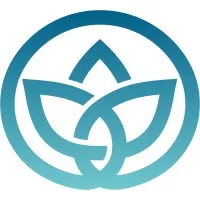Exploring Ayurvedic Massage Therapies: A Path to Holistic Healing
By Dennis Bluthardt at Namaste Studios
Ayurveda forms the basis of the practice of the thousands-of-years-old art of Ayurvedic massage. This healing system is a rare gem and the first known to ancient humanity for using massage therapy as part of its treatment arsenal. It dates back almost 5,000 years. The system believes illness is an imbalance in the body’s system caused by unhealthy air being introduced into the channels. Ayurvedic massage is a full-body relaxation massage done using a variety of medicated herb oils and tonics alongside traditional Ayurvedic herbal pastes.
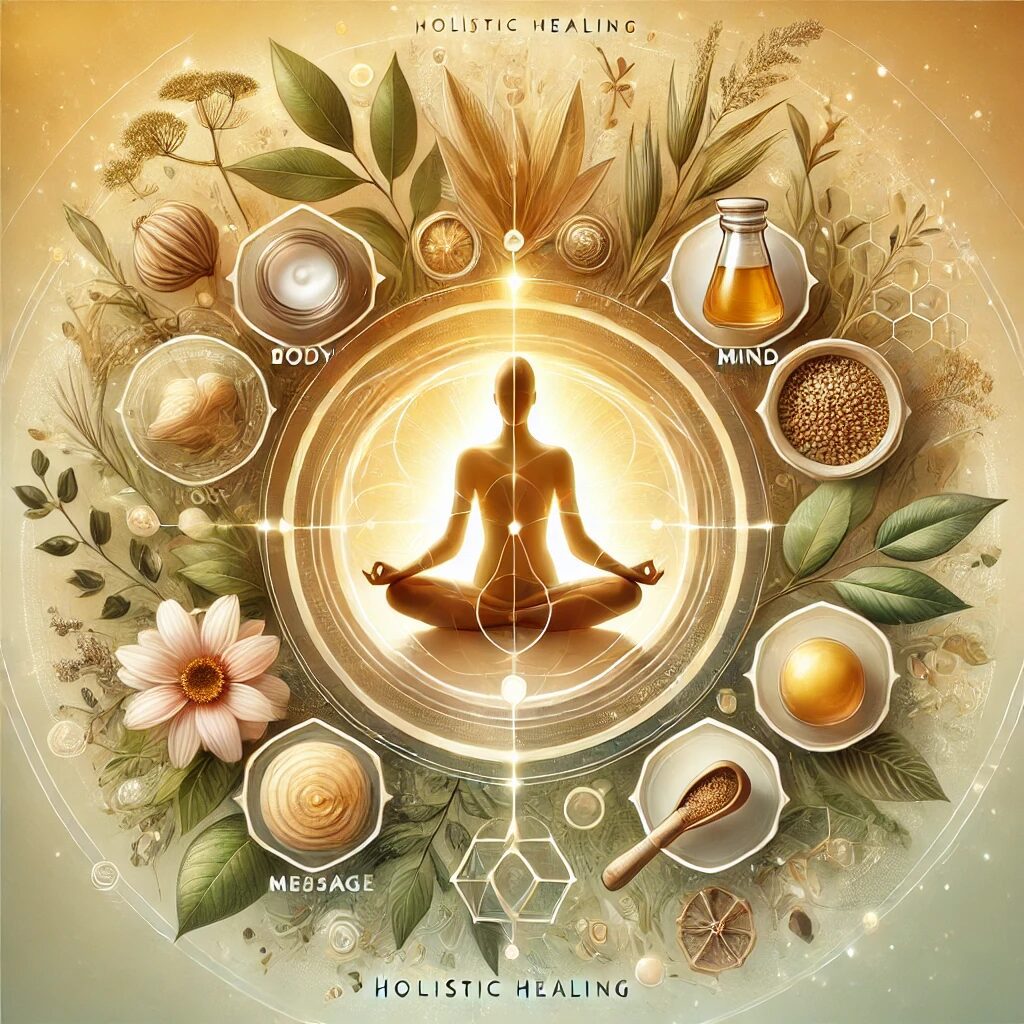
In some ways, Ayurvedic massage is similar to Swedish massage, sharing the same physiology concepts. The stimulation to the muscles and skin sends nerve reflexes back to the spinal cord, adjusting the central nervous activity and directly influencing various regulatory effects on heart rate, blood pressure, and other organ function. In terms of technique, Ayurvedic massage is similar to a hot-stone massage, where small, specialized herbal bags called pindas are heated indirectly using hot water or directly using herbal oil. The muscles are given a deep massage using rhythmic strokes with the hot pandas. Some therapies use mat bags called portals with 12 to 16 different herbs for correcting Kapha and Vatha conditions. The Ayurvedic technique further involves “marma point” therapy, massaging the 107 different body points to unblock energy.
It’s remarkably therapeutic. You are massaged with medicated herbal oils that flow like a river from the top of the head downwards, sometimes from the front, moving from a particular finger or limb outwards, dependent on the prescribed treatment. Where appropriate, medicinal pastes were applied at intervals in some of those areas to help with skin and lymphatic detox. The therapist’s hands were softer than velvet, strong like hot steel that could mold into my body cavities as needed. De facto, I became human putty.
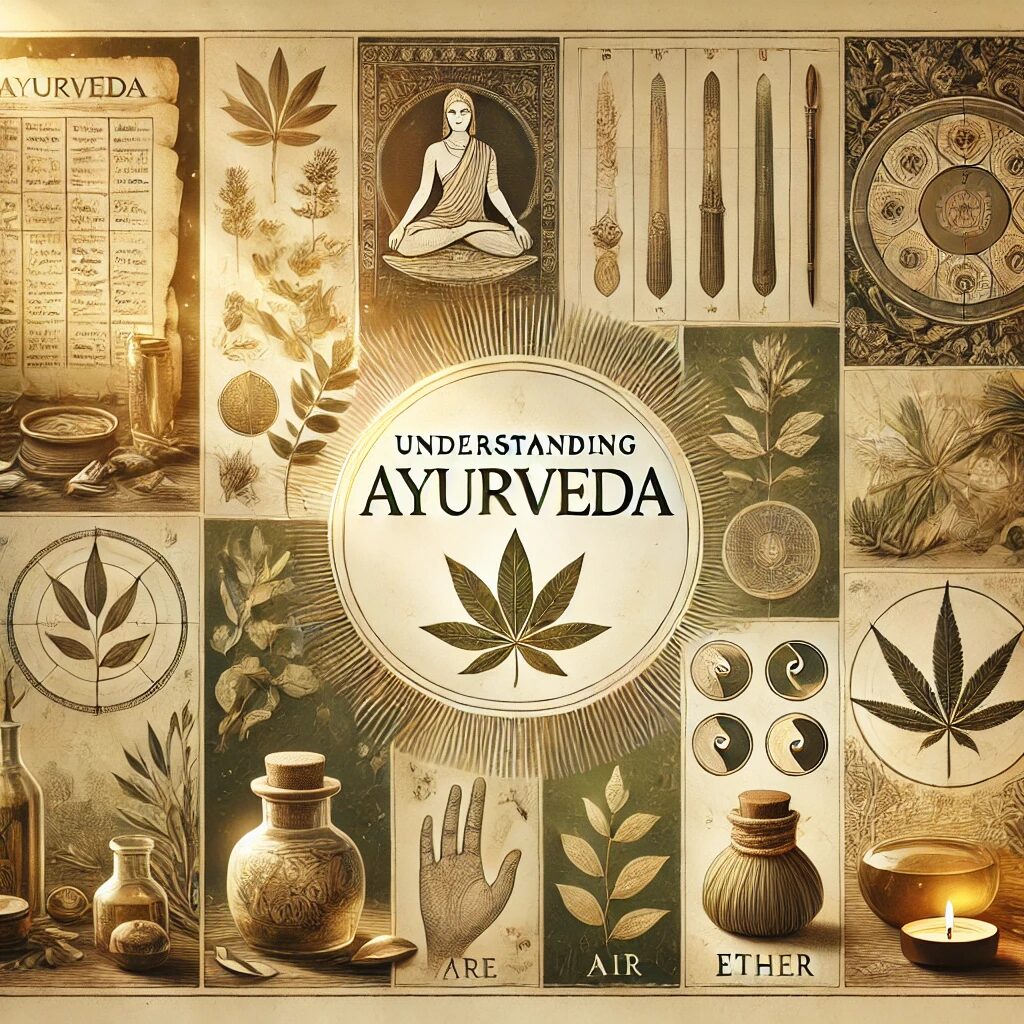
Understanding Ayurveda
“Ayurveda” is a profound science of healing and is at least 5,000 to 10,000 years old. The term “Ayurveda” is translated to mean “the science of life.” But to think of Ayurveda simply as an “ancient” healing system is not giving it the full respect it deserves. The theories of Ayurveda are exceedingly deep, complete with interesting ideas on the universe and creation itself. It also contains thought-provoking philosophical and religious ideas. At its essence, Ayurveda is a straightforward science, containing fundamental truths of Nature that remain true today.
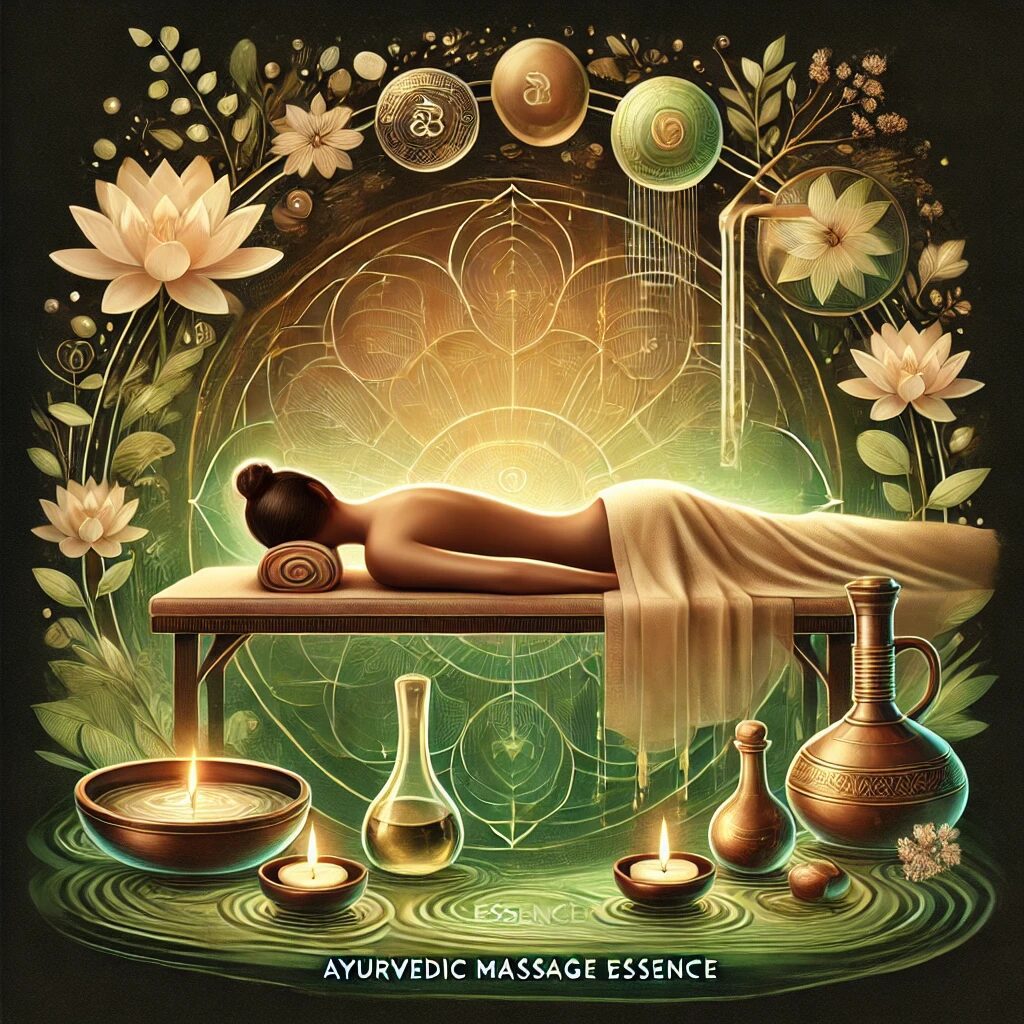
The Essence of Ayurvedic Massage
An ancient Indian system of Ayurveda is the umbrella under which Ayurvedic massage was born. Similar to most Ayurvedic practices, this massage modality is a holistic therapy that heavily emphasizes aligning the trifecta of body, mind, and spirit. This massage also differs in structure and form from conventional and popular massage styles. For instance, warm herbal oils selected specifically for your unique dosha or body constitution will be used during this session. This promotes overall equilibrium and contributes positively to the body’s internal homeostasis. The techniques practiced on your body to stimulate the channels of your subtle body will generally involve long and fluid strokes, pulling, kneading, and even some dynamic assisted spoon stretch. This aims to increase the circulation of prana shakti, or the life force in your body.
The special emphasis on your mind and spirit is another defining feature that differentiates the Ayurvedic massage from the rest.
Swedish massage, for example, is an overwhelmingly physically oriented therapy in which the skilled masseuse aims to induce major physiological changes, mainly in the release of muscle tension (in the musculoskeletal system) for ultimate relaxation and increase circulation (blood and lymph flow into the capillaries and muscle tissues, respectively).
On the other hand, among the long list of benefits that Ayurvedic massage offers, a few of the brilliant ones pertain to the physical body!
The therapeutic properties of pain elimination or reduction, improved circulation, and detoxification are all associated with the physical body. The skilled therapist’s strong application of deep and full-body strokes, often accompanied by firm pressure, effectively breaks up knotted areas commonly referred to as adhesions. At the same time, the warmth of the coating of oil lathered from head to toe perfectly loosens tight muscles. Increased circulation, too, is associated with proper blood flow, which will carry the nutrients the muscles need to heal. At the same time, removing lactic acid as waste products through lymphatic drainage will boost the detoxification process overall!
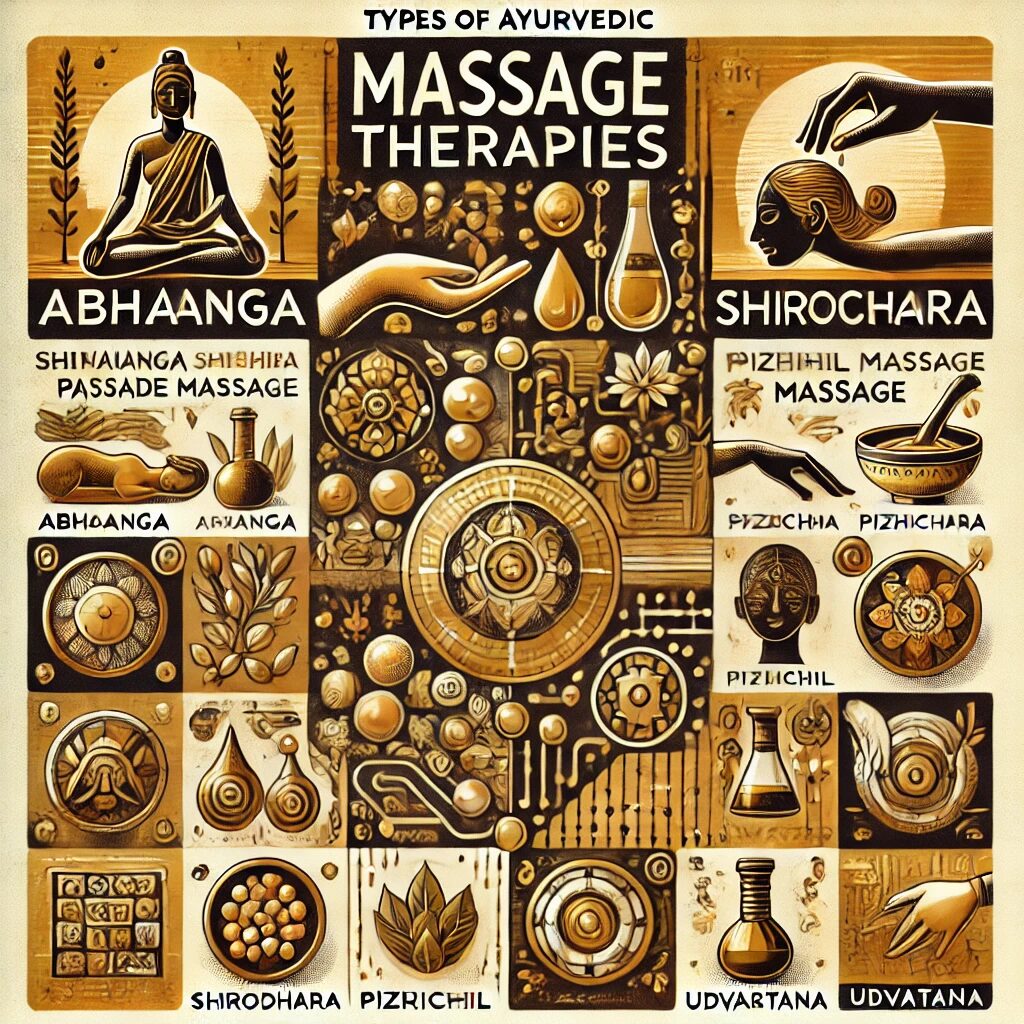
Types of Ayurvedic Massage Therapies
Ayurvedic massage therapies have been used in ancient India for thousands of years. These techniques were not designed for simple relaxation but to promote “whole” health.
- Abhyanga (Traditional Herbal Oil Massage): Warm-medicated herbal oils are chosen and mixed based on your dosha (body type). The oil is then massaged into the skin to prevent dryness and reduce the signs of “aging.”
- Shirodhara (Third Eye Therapy): Warm medicated herbal oil is gently poured and moved across the forehead. The treatment is profoundly calming to the nervous system and can help with fatigue, stress, anxiety, insomnia, and some mental disorders.
- Pinda Sweda (Herbal Bolus Massage): Fresh herbs are blended based on your dosha (body type) and then tied into a poultice. The poultice is then heated in a mixture of milk and herbal formula and massaged all over the body using it as a hot “sponge.” It can help with dryness, fatigue, chronic health disorders/diseases, joint or muscle pain, aging, and more. Many disorders/diseases have specific pinda (herbal poultices) that are helpful with your healing.
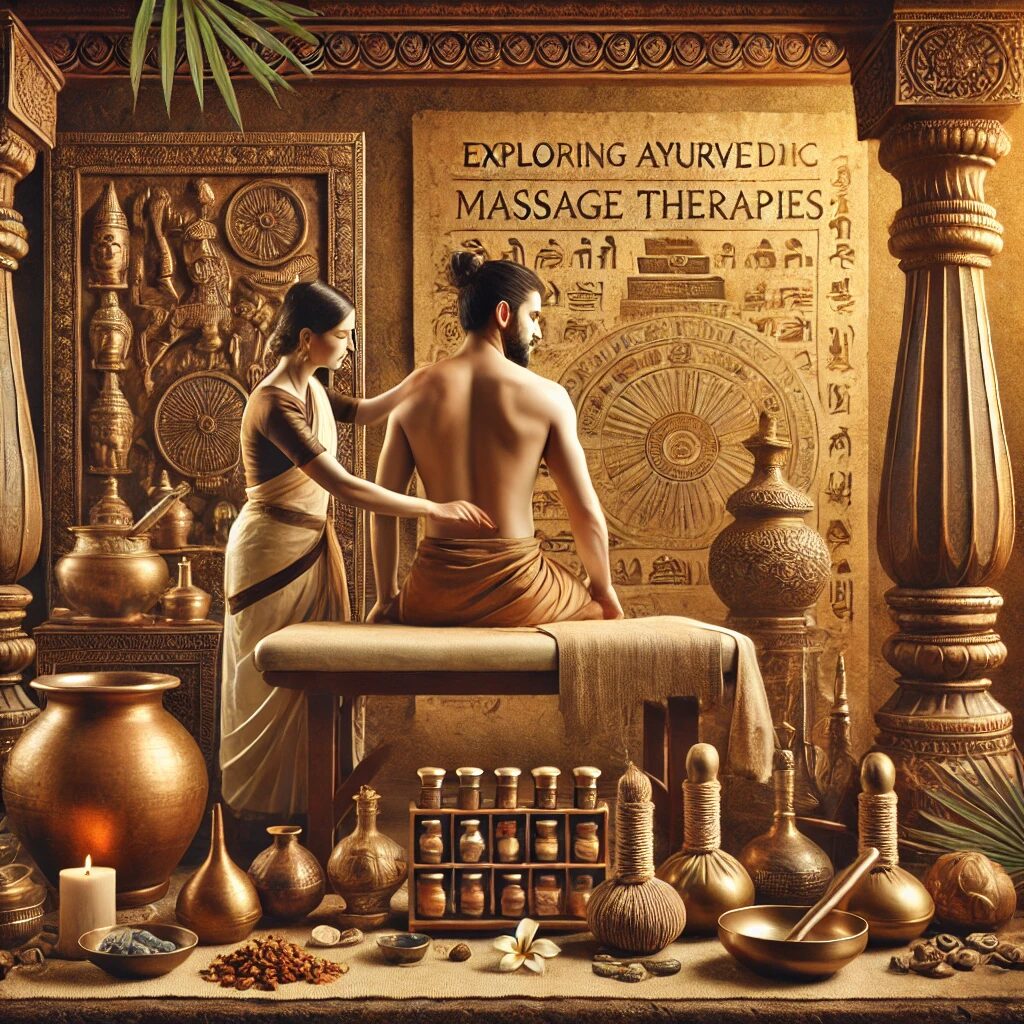
The Holistic Approach of Ayurvedic Healing
Integrating Ayurvedic massage into your everyday activities can significantly increase your sense of well-being. Ayurvedic massages are therapeutic massages where emphasis is placed on normalizing the energies in your body. Daily periods of 15-30 minutes at the end of the day should be sufficient for a self-massage with warm oil, relaxing and circulation-encouraging, but also helps against stress. It is a small contribution to internal harmony that does you good. And it gives you time for self-reflection, which will take you on a more peaceful path.
Yoga also has a beneficial effect. Many find physical exercises beneficial and excellent for all-around well-being. As you focus on movement during your yoga, you can experience new strength and energy. Also, regular meditating and conscious minutes of relaxation are energy-investing time.
For me, another good energy source is the right herbs. The natural power of thousands of years of plant wisdom strengthens humans and provides the body with the proper protection. A regular supplement with the right herbs is well worth it. An excellent dosage, both from a genuine Ayurvedic perspective and with the added effect of maximum activity, I can recommend to you. Ashwagandha and Turmeric are only two examples among many potent herbs that promote relaxation of the soul and, simultaneously, the increased absorption of mental damage due to stress. Altogether, good herbs can help the proper recovery process.
Just invest 15 minutes daily, and your transformational journey can begin every day. Note: Go smooth on your routines. The only thing that permanently affects health is the constant repetition of small daily actions. Make Ayurveda a part of your everyday routine!
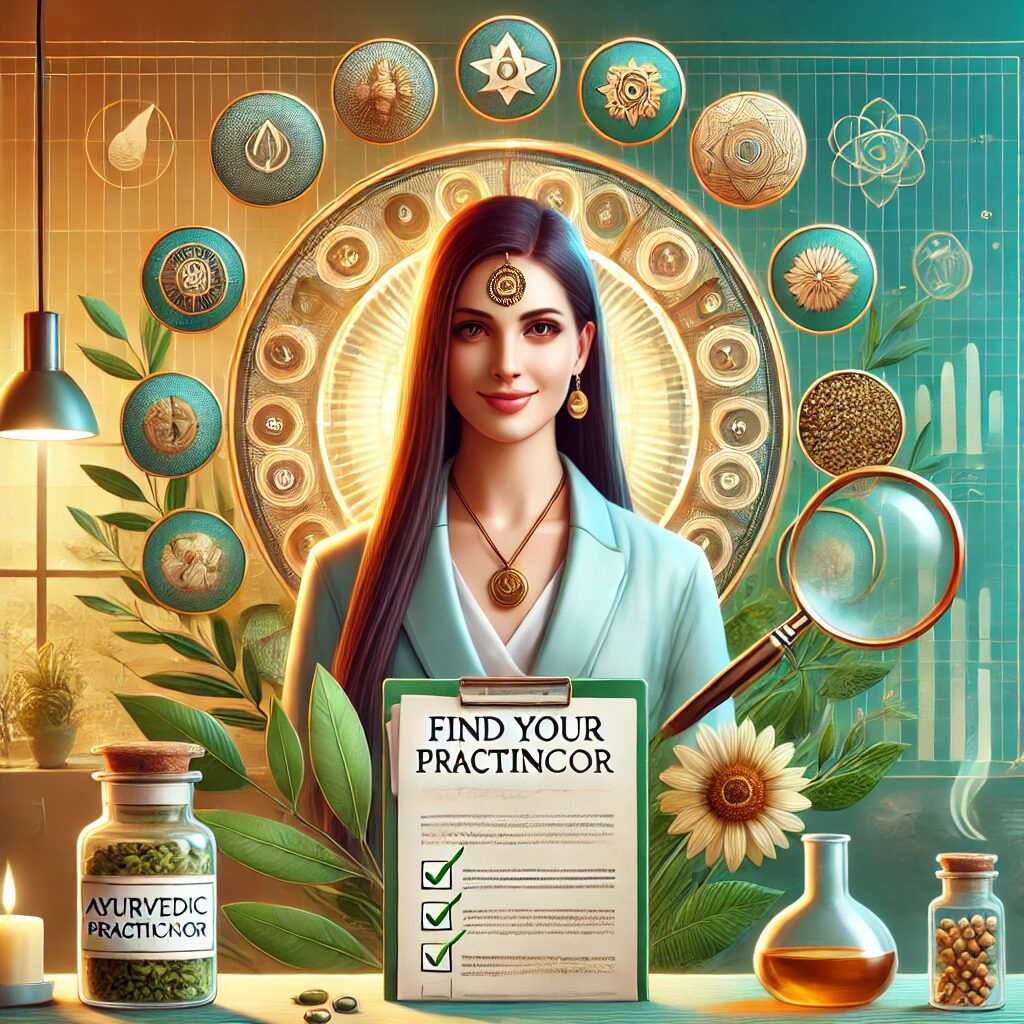
Finding a Qualified Ayurvedic Practitioner
Qualifications are essential when looking for an Ayurvedic therapist. Just as you would when seeking out any practitioner, you want to ensure the person you choose has formal training. This shows they have been educated by a reputable Ayurvedic program in a broad scope of knowledge, from basic concepts to practical stuff. You could also look to see if they have any other certifications or membership of any organizations. This would show they are committed to professionalism or excellence in their field or broader public health.
Going hand in hand with professionalism would be experience. An experienced Ayurveda practitioner would have general ideas or performing surgery (CLEP) principles on how an Ayurvedic diagnosis or advice could vary between patients. They will also have more advanced or polished ways of storytelling or speaking. This will include having had practice already, like a tutor that knows year after year, where students will ask questions about the same (questionable answer) things. They should also know or have a mature answer in their area of expertise, whether eating proper sports nutrition or maternal nutrition.
The Ayurvedic practitioner’s approach to treatment should raise a question. Did they complete physiological testing or any interviewing? Did they develop a treatment plan for you? Did they coach you on a few things, or did they do all the work by showing you what you needed to do in a quick demonstration? This is mainly answering or asking you if they dig a little bit into your individual story or dig into a chapter in the story. They should have also explained the rationale for why you’re eating or drinking certain things, why you’re planning meals for upcoming weeks, or why they took inspiration from some of the other doshas in your profile.
Ayurvedic massage therapies combine ancient Indian practices emphasizing the connection and balance of body, mind, and spirit with hands-on bodywork.
These therapies utilize personalized dosha (different body types in Ayurvedic medicine), oil mixtures, and techniques that focus on what your mind and body may need. Like other types of massage, these sessions offer great relaxation and a decent amount of “unwinding.”
However, other physical benefits of these types of massage include increasing circulation, detoxing the body tissues, and stress relief. Combining the physical with the subtle art of healing forces Ayurvedic techniques to be on the holistic side of healthcare.
The techniques and practices for healing and well-being are a great way to take care of yourself. However, once someone starts this path, they quickly realize they’ve signed up for a transformative process.
To learn more, visit Ayurveda at Namaste Studios to book an Ayurveda session. Additionally, you can find more of our Ayurveda Blogs here.
For a Limited Time: Get your NEW MOON JOURNAL for a massive discount at Amazon here!
Bonus for blog readers: Watch how this Hybrid AI chatbot can save thousands of hours interacting with your clients. Click here for a FREE WEBINAR – It’s AMAZING!


